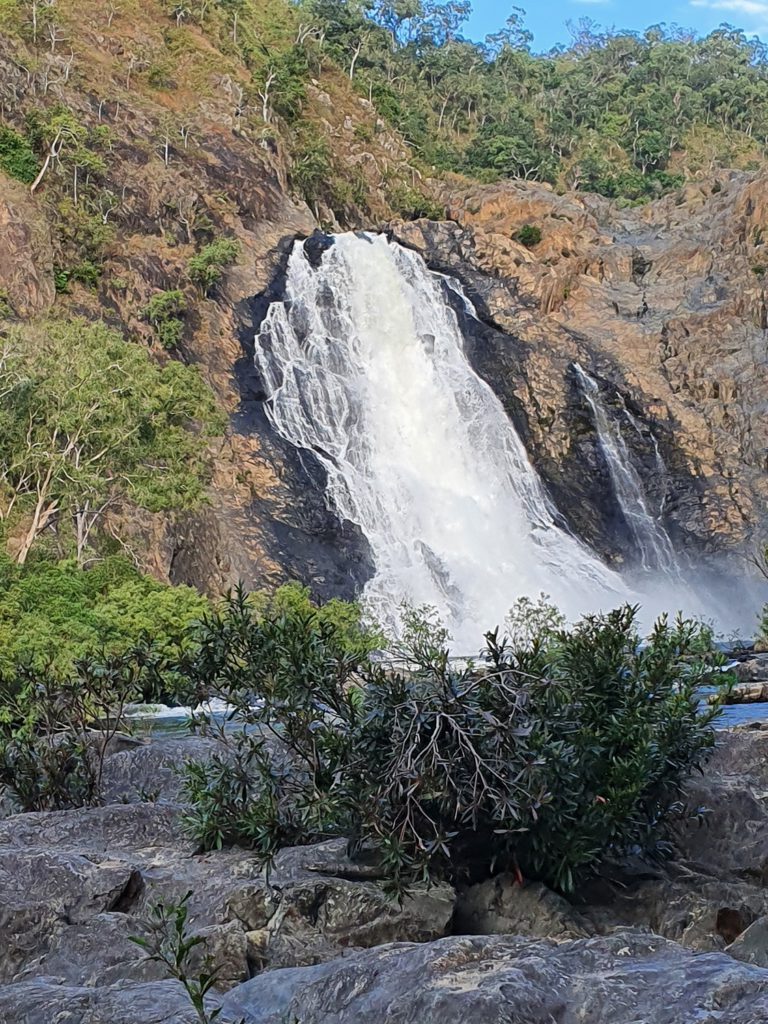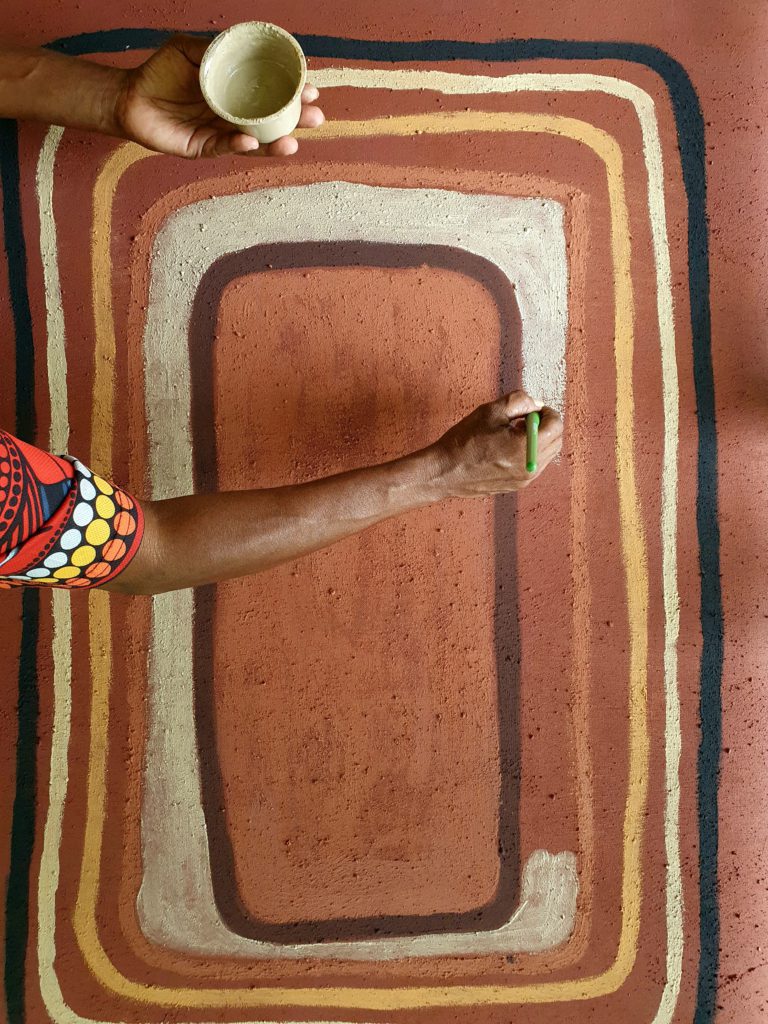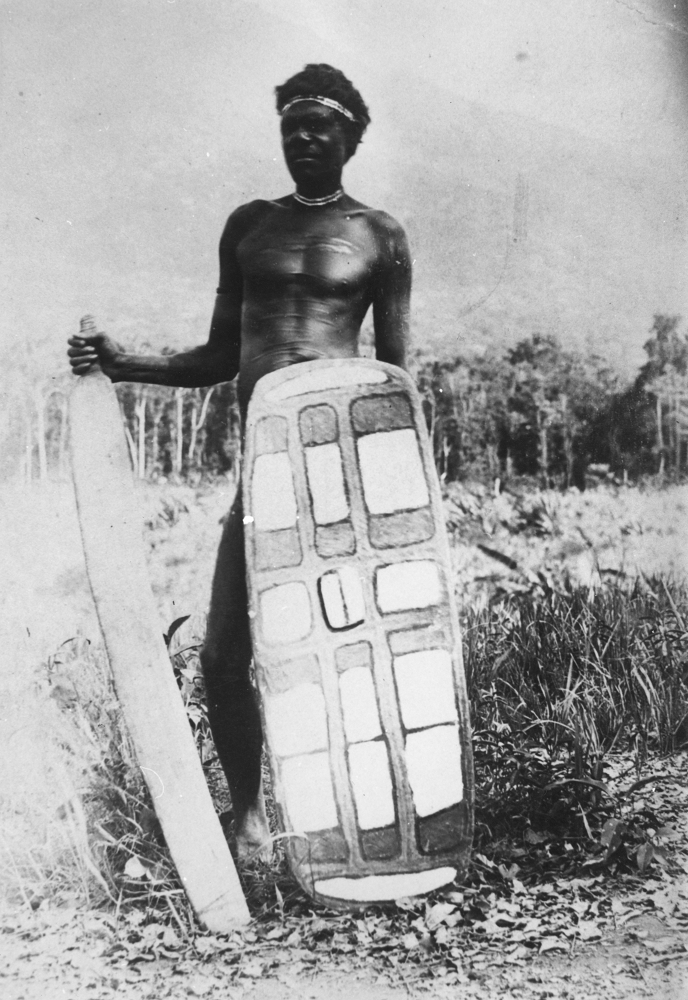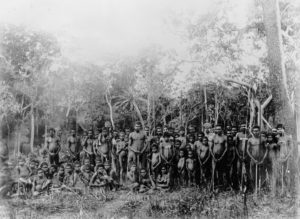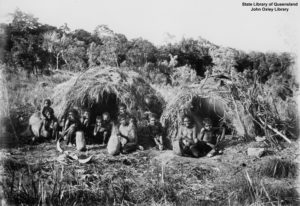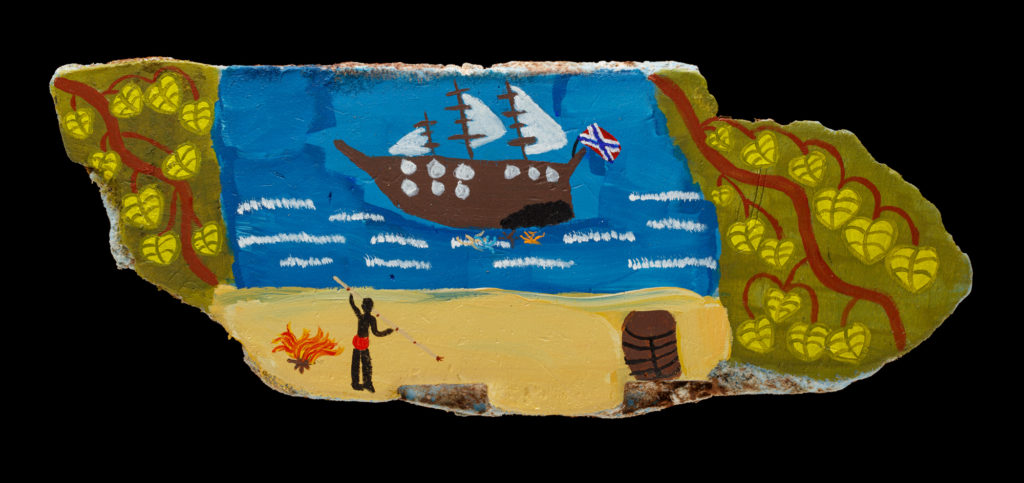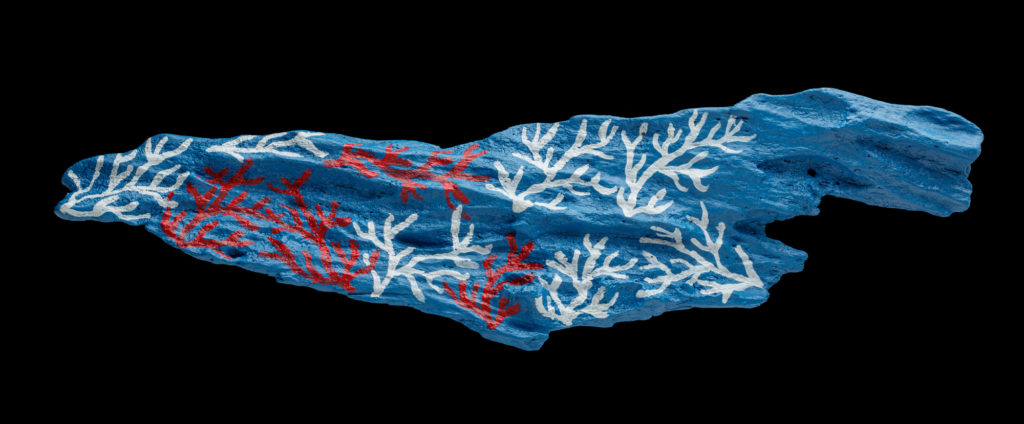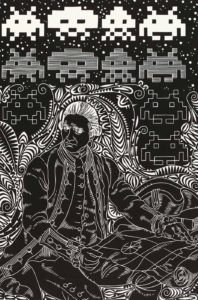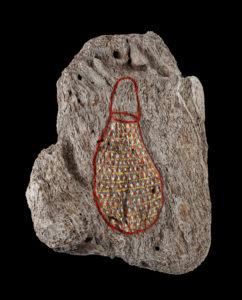First Contact & Mission Times
The first recorded European to visit the Bloomfield River was British Royal Navy Lieutenant Commander Frederick Bedwell, who accompanied Captain Phillip Parker King on board the HMS Mermaid on a hydrological survey of the east coast of Australia.
Gold was discovered in the region in the early 1870s and resulted in a gold rush with thousands of miners setting up camp in the Palmer River area. A tin mining industry was also established in the area. Tensions between miners and pioneer settlers moving into Kuku-Yalanji territories resulted in violent clashes.
The establishment of the Bloomfield River Mission was a Queensland Government initiative. It was announced that a reserve on the Bloomfield River had been set aside, 45 miles south of Cooktown in the mid-1880s. The trigger was the rapid development of the region by settlers establishing sugar cane plantations and cattle stations.
The Queensland Government declined to make a financial commitment beyond the first year of the Mission’s operation. Instead, the Queensland Government offered the running of Bloomfield River Mission to the Lutherans.
The Bloomfield Mission was considered a failure and government subsidies were withdrawn. In August 1900 it was decided that the Mission be wound down.
In 1958, the Department of Native Affairs once again approached the Lutheran Church to re-establish the mission at Bloomfield River and provided them with a £2500 grant to fund housing, transportation, and communications. An area of 260 acres was gazetted as an Aboriginal reserve.
On 16 February 1980, the Bloomfield River Mission was officially renamed Wujal Wujal.
In 1985, Wujal Wujal community elected five councillors to constitute an autonomous Wujal Wujal Aboriginal Council established under the Community Services (Aborigines) Act 1984.
For more information about the Lutheran Mission in Bloomfield: German Missionaries
